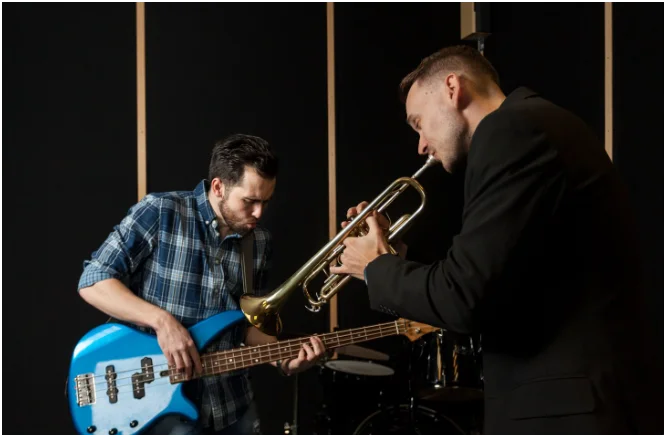Music is more than just sound; it is a reflection of human emotion and history. Among the myriad of genres that have shaped global culture, the blues genre stands out for its soulful depth and lasting impact. Understanding what is blues music helps listeners appreciate its rich history and unique expression. From its roots in the African-American communities of the Deep South to its modern resurgence, blues music continues to resonate with audiences worldwide. Its combination of heartfelt storytelling, distinctive rhythms, and expressive instrumentation has ensured that the blues remain both timeless and relevant.
The Origins of Blues Music
Blues music emerged in the late 19th and early 20th centuries, primarily in the Mississippi Delta. It originated from African spirituals, work songs, field hollers, and chants, reflecting the struggles and resilience of African-American life. The genre’s hallmark features include:
- 12-bar structures: A simple yet flexible chord progression that allows for improvisation.
- Call-and-response patterns: A dialogue between instruments or between singer and audience.
- Expressive lyrics: Themes of hardship, love, loss, and hope are central.
Artists such as Robert Johnson, B.B. King, and Muddy Waters helped shape blues into a genre that communicated universal human experiences through music.
Characteristics of the Blues Genre
The blues genre is distinguished by its musical and emotional traits. Its signature elements include:
- Blue notes: Slightly lowered notes that create a sense of melancholy or tension.
- Improvisation: Musicians often explore melodies and rhythms spontaneously.
- Soulful storytelling: Lyrics often recount personal struggles or societal issues.
Blues is not just a genre; it is a feeling—a raw expression of life’s ups and downs that resonates across generations.
The Modern Revival of Blues
In recent years, blues music has experienced a significant resurgence. Modern artists are blending traditional blues with contemporary influences, resulting in a fresh sound that appeals to both longtime fans and new listeners. This revival has been fueled by several factors:
- Technological Advancements: Streaming platforms and social media allow artists to reach global audiences, bringing niche genres like blues to the forefront.
- Festivals and Live Events: Music festivals, such as MDLBEAST’s SOUNDSTORM, spotlight blues alongside jazz and folk, offering live experiences that showcase the genre’s emotional power.
- Educational Initiatives: Schools and music programs are teaching blues as part of cultural and musical heritage, ensuring its preservation for future generations.
This renaissance highlights blues music not as a relic of the past but as a dynamic, evolving art form.
Blues in Contemporary Culture
Blues continues to influence modern music genres, including rock, jazz, and R&B. Contemporary artists draw inspiration from classic blues, incorporating its soulful expression into new compositions. The result is a vibrant fusion that respects tradition while embracing innovation. Listeners today experience blues not only through recordings but also through immersive live performances, collaborations, and reinterpretations of classic tracks.
Moreover, the cultural significance of blues extends beyond music. It serves as a testament to resilience and storytelling, providing insights into historical struggles while offering inspiration and emotional catharsis for today’s audiences.
Festivals, Community, and Global Reach
The resurgence of blues is closely linked to communal experiences and cultural celebration. Festivals bring together musicians and fans, creating spaces for collaboration and discovery. Workshops, masterclasses, and community programs further deepen understanding, allowing both musicians and audiences to connect with the genre’s roots and its modern adaptations. As blues spreads globally, it continues to inspire new generations to explore its rich emotional and musical landscape.
Conclusion
The blues genre represents more than a musical style; it is a cultural narrative, an emotional journey, and an enduring art form. From its origins in African-American communities to its modern resurgence, blues music captures the essence of human experience with unmatched authenticity. As technology, festivals, and education continue to expand its reach, the blues are not only preserved—they are revitalized, ensuring their timeless melodies and stories remain relevant and compelling for years to come.








 /home/u448362301/domains/theexpotab.com/public_html/wp-content/themes/foxiz/templates/popup.php on line 167
/home/u448362301/domains/theexpotab.com/public_html/wp-content/themes/foxiz/templates/popup.php on line 167